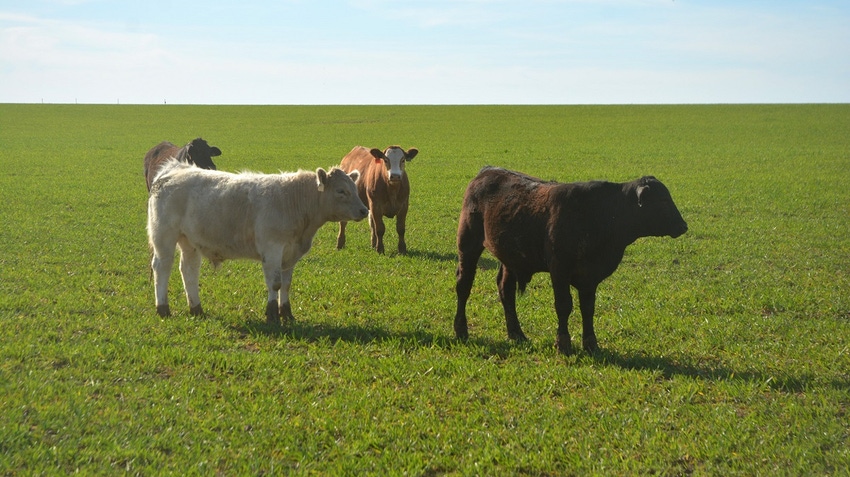
Texas wheat farmers should be looking for disease and insect pests in a crop that may not be progressing as well as some would hope, and with fewer acres compared to last year’s planting.
“We have pretty heavy leaf and stripe rust pressure in most places around the state except for the High Plains, so far,” says Clark Neely, Texas AgriLife Extension small grains and oilseed specialist, College Station.
“A lot of growers are applying fungicides already,” Neely adds. “The crop is probably about two weeks ahead of schedule, so if we get a cold snap we could be looking at freeze damage. So far, the forecast isn’t indicating any temperatures that appear to be too threatening.”
He says the crop is in pretty good shape, “but acreage is down about 12 percent from last year to 5.3 million acres planted for 2016. That is partly due to low prices and partly due to the extreme wet weather we had in the fall, which prevented well over 50 percent of intended acres from being planted in the Blacklands.”
Northeast Texas producers were hampered by those poor planting conditions, says Jim Swart, retired AgriLife integrated pest management specialist and now serving as executive director of the Cereal Crops Research Incorporated (CCRI).
“Only around 20 percent of intended acres were planted in Northeast Texas,” Swart says. “Stands are thin. Producers did not have conditions in the fall to get good stands, and wet conditions in the winter suppressed tillering. Stripe rust is present in many fields, especially the more susceptible varieties. All in all, only fair yield prospects.”
For the latest on southwest agriculture, please check out Southwest Farm Press Daily and receive the latest news right to your inbox.
HIGH PLAINS
Wheat farmers in the High Plains and other wheat production areas across the state should be looking for insect pests, says an AgriLife entomologist.
“As temperatures warm up, it is time to begin scouting fields for insect pests,” says Ed Bynum, AgriLife Extension entomologist in Amarillo. Bynum says producers need to be scouting for greenbugs, bird cherry-oat aphids, and Russian wheat aphids, especially throughout the High Plains. Those three are the most common wheat pests dealt with annually. He says a producer and Ochiltree County AgriLife Extension agent Scott Strawn also found army cutworms in a wheat field.
“While army cutworms are normally not a big problem, we do recommend treating if the pressure increases,” he says. Treatment threshold may depend on wheat condition. If the crop is in good shape, Bynum recommends treating army cutworms at four or more per square foot. “If wheat is just coming out of dormancy or under moisture stress, the threshold is two or more larvae per square foot.”
Producers should base greenbug and the aphid treatments on established economic thresholds found in his Texas Panhandle Pest News.
Winter grain mites, found in a field near Bushland, may be of concern as well, and can cause trouble in wheat, barley, oats and rye.
Grain mite symptoms begin as speckled yellow spots on the leaf similar to spider mite damage on corn leaves, but progresses; the tips of the leaves turn brown, followed by plant stunting with a silvery-grey appearance and even plant death.
No thresholds are available for making control decisions on winter grain mites. Activity from these pests is expected to decline when temperatures exceed 75 degrees, so treatment will be a judgment call based on signs of damage and expected temperatures.
About the Author(s)
You May Also Like






